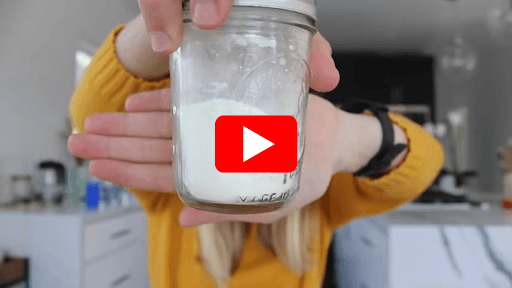Hallux Rigidus: What are Grades 1 vs 2 vs 3 vs 4? [ How To? Conservative Treatments vs Surgery ]
Hallux rigidus is a condition that impacts the movement of the big toe due to arthritis in the first metatarsophalangeal joint. Understanding the different grades of severity is essential for determining the appropriate treatment approach. This article will help you navigate through the grading scale of Hallux rigidus and explore treatment options at each stage.
In the earliest stage, known as Grade 1 Hallux rigidus, the condition presents with slight joint space loss and narrowing. Patients may notice the formation of small osteophytes; however, this is usually accompanied by only mild pain and stiffness. Despite these symptoms, the joint functions relatively well. In most cases, patients can manage this stage through conservative treatments such as orthotics or physical therapy.
Grade 2 sees an increased joint space narrowing, with larger osteophytes becoming more evident, especially noticeable on X-rays. While symptoms may become more pronounced, a combination of orthotics and other conservative treatments remain effective for alleviating discomfort and maintaining joint function.
In the most advanced stage, Grade 4, patients suffer from near-complete, bone-on-bone contact due to severe joint space loss. Paradoxically, this might not be painful because the joint barely moves, although for others, it can cause significant pain. Often, surgical intervention becomes a consideration to restore some level of functional mobility and reduce pain.
For grades 1 and 2, conservative therapies are usually sufficient and can include simple measures like wearing specially designed orthotics or undertaking physical therapies to maintain movement. For grades 3 and 4, where joint damage is advanced, patients may need to explore surgical options to improve their quality of life once conservative treatments show limited results.
From Around The Web
Wellness Inbox is a blog & weekly newsletter that curates trending news and products related to health and wellness from around the web. We also gather content from various sources, including leading health professionals, and deliver it directly to you.
Please note that we may receive compensation if you purchase any products featured in our newsletter. Wellness Inbox is not affiliated with, nor does it endorse, any health professionals whose content may appear in our newsletter. The information provided is for general informational purposes only and should not be considered medical advice.
The information provided is not intended to replace professional medical advice, diagnosis, or treatment. All content, including text, graphics, images, and information available is for general informational purposes only. We do not guarantee the accuracy or completeness of any information presented and assume no liability for any errors or omissions. The content is subject to change without notice. We encourage you to verify any information with other reliable sources and consult your physician regarding any medical conditions or treatments.







